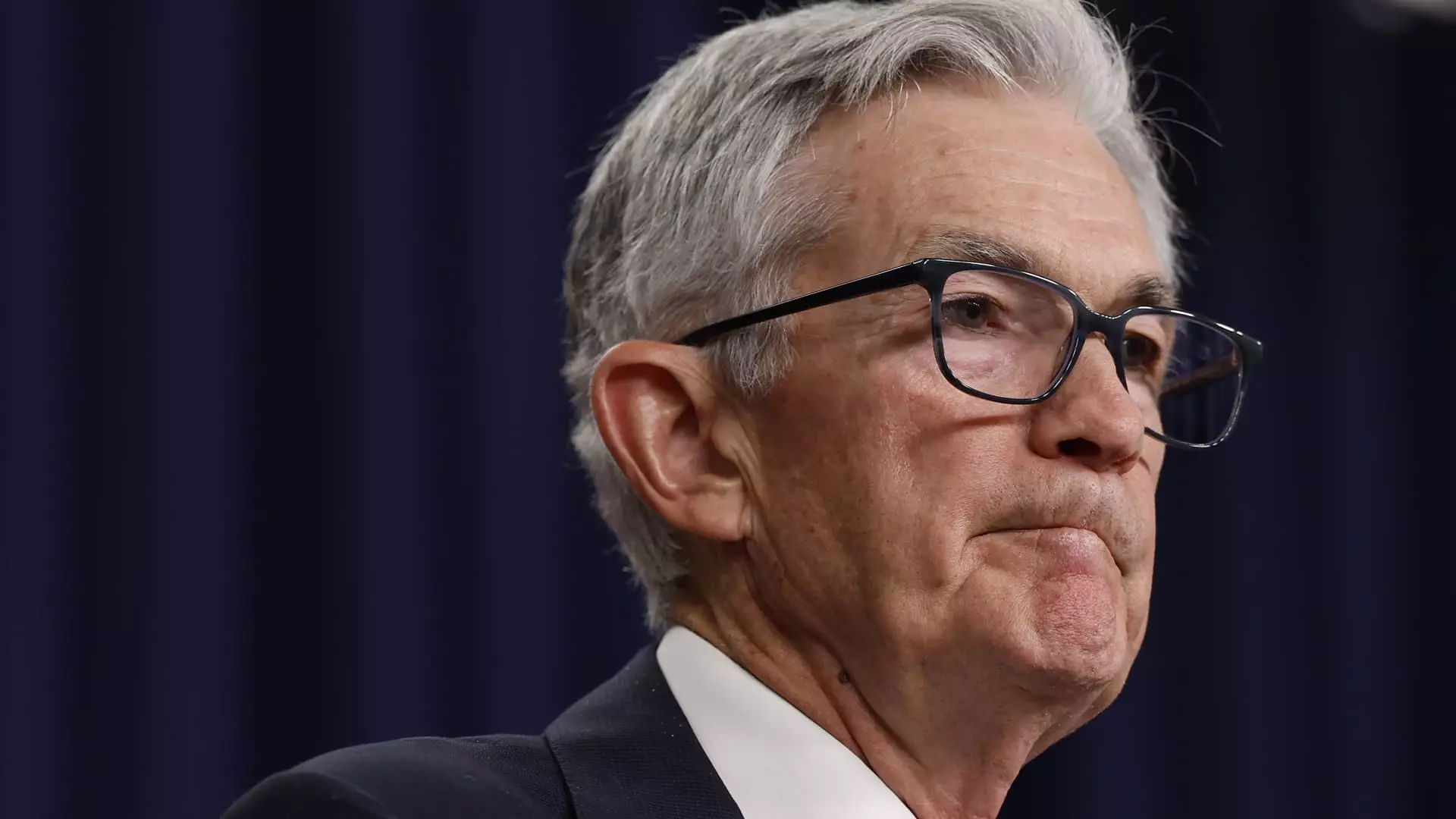The Federal Reserve’s recent decision to cut interest rates during its September meeting represents a critical juncture in U.S. monetary policy. The 50 basis point reduction, the most significant move in over four years, has sparked debates among policymakers and economic analysts alike. With varied opinions on the economy and inflation, the Federal Open Market Committee (FOMC) is at a crossroads, grappling with challenges in the labor market while striving for sustainable inflation reduction. This article examines the intricacies of the Fed’s decision, highlighting its implications on the economy and ongoing uncertainties that lie ahead.
Federal Reserve officials approached the September meeting with caution. The decision to implement a 50 basis point cut stemmed from a desire to reinforce confidence regarding inflation management against a backdrop of labor market anxiety. As the FOMC minutes detail, while a substantial majority backed this aggressive move, significant dissent lingered behind the scenes. Notably, Governor Michelle Bowman was the sole member who voted against the half-point cut, advocating instead for a more conservative quarter-point reduction. The division among policymakers on the effectiveness of this significant adjustment reflects broader uncertainty in interpreting economic indicators.
The meeting’s context reveals a Federal Reserve grappling with differing assessments of inflation and employment dynamics. Some participants expressed concerns that a large cut might signal an unwarranted alarm regarding the economy’s health. The introspective debate surrounding the scale of the reduction underscores a cautious approach that prioritizes measured policy responses grounded in evolving economic data.
Labor Market Trends: A Double-Edged Sword
An essential factor influencing the Fed’s decision is the resilient labor market, the very bedrock of consumer spending and economic growth. Recent employment data has surpassed expectations, with nonfarm payrolls bolstering by 254,000 in September and unemployment dipping to 4.1%. This unexpected strength has led many in the FOMC to recalibrate their outlook on future cuts, suggesting that aggressive reductions may not be justifiable if labor numbers continue to defy previous assessments.
However, this robust labor performance creates a paradox for the Fed. On one hand, maintaining low interest rates could foster further economic strength; on the other, persistent employment growth can contribute to rising inflation pressures. The delicate balancing act between promoting growth and ensuring price stability remains a pivotal challenge that the Federal Reserve must navigate.
Communication proved to be a critical aspect of the Fed’s September meeting and the subsequent announcement. Chair Jerome Powell emphasized “recalibration” as a key term, categorizing the rate cut as an adjustment rather than a definitive shift in economic outlook. This deliberate choice of language aims to inform markets that the reduction should not be misconstrued as a harbinger of rapid policy easing. Clarity in messaging is vital for maintaining market confidence and establishing expectations that are aligned with the Fed’s overarching policy goals.
The FOMC minutes reiterated that the policy adjustment was a conscious effort to align monetary conditions with recent economic indicators. Policymakers are tasked with fostering an environment conducive to sustainable growth while remaining proactive about inflation trends—an inherently complex maneuver that requires ongoing vigilance.
Following the Fed’s decision, market reactions reflected a stabilizing sentiment around the economy. Major stock indices appeared unfazed in the aftermath of the announcement, maintaining a bullish trajectory. However, the futures market conveys a seasoned skepticism about future rate cuts, anticipating a gradualpath forward rather than an aggressive easing. Market projections for the federal funds rate suggest stabilization towards the 3.25%-3.5% range by the end of 2025—a reflection of evolving economic conditions.
Despite market optimism, the bond market has exhibited divergent behavior. Significant surges in the 10- and 2-year Treasury yields indicate that investors are refining their expectations for monetary policy, suggesting a belief in more prolonged economic strength and potential inflation risks. This disconnect between equity and bond markets underscores the complexity of the situation at hand and amplifies uncertainties for future rate decisions.
The September interest rate decision encapsulates the Federal Reserve’s ongoing struggle to navigate the multifaceted landscape of the U.S. economy. While the 50 basis point cut aims to bolster confidence in fighting inflation amid strong labor dynamics, underlying divisions within the FOMC suggest that consensus on future policy maneuvers is far from guaranteed. As markets respond to ongoing economic indicators, the Fed’s path forward remains uncertain, underscoring the continuous importance of adaptability in the ever-changing economic climate. Policymakers will need to remain agile, weighing growth against inflation risks as they guide the U.S. economy through potentially turbulent waters ahead.

